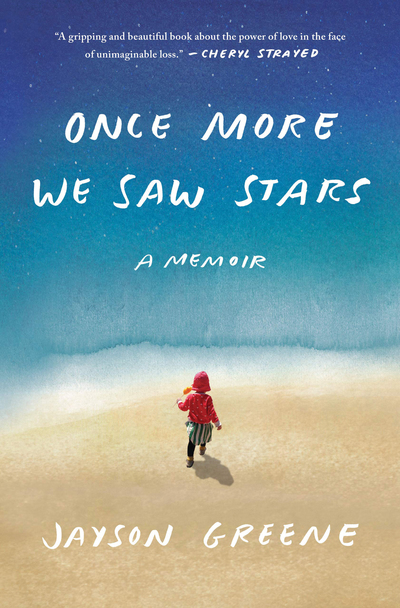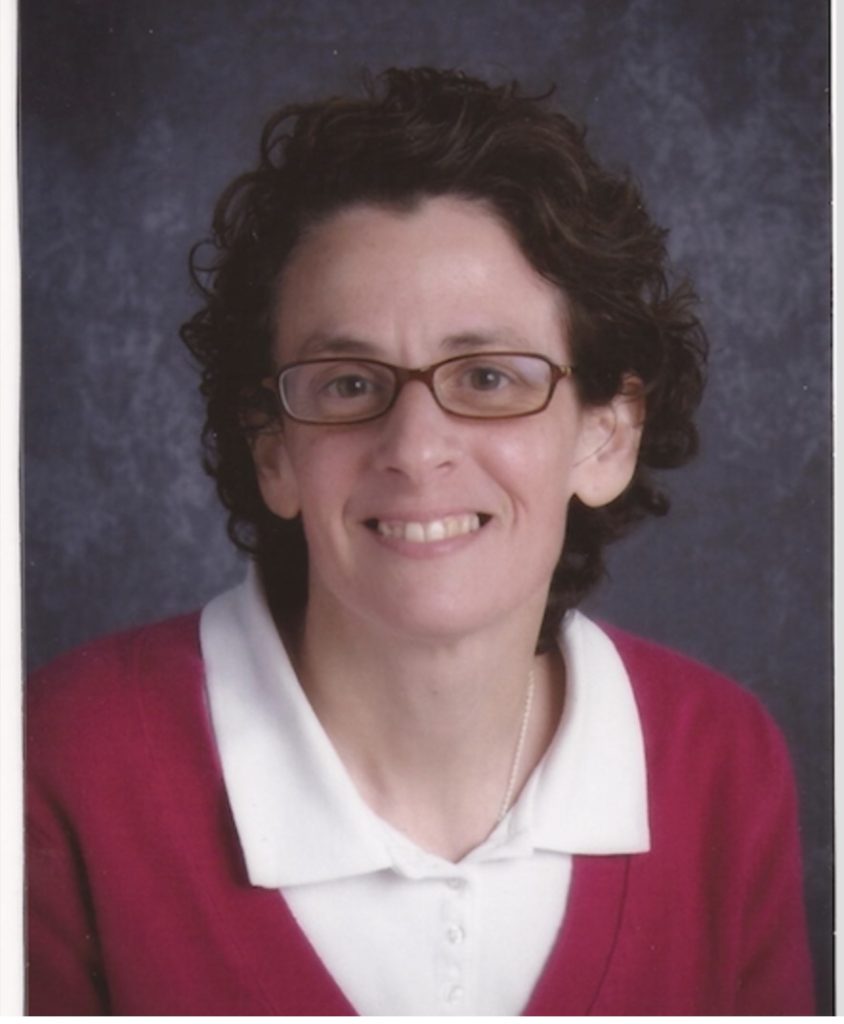The loss of a young daughter in a fluke accident. The heartbreak, the silence, the need to keep going. How would you navigate such treacherous waters? Jayson Greene tells just such a story in Once More We Saw Stars, his 2019 memoir. Having also lost a child, a son, though under drastically different circumstances, I knew this was a book I wanted to read as soon as I heard about it.
My memoir, The Silence of Morning: A Memoir of Time Undone, was written during a seven-year period. But my son died at twenty-seven, while Greene’s daughter was only two. So, naturally, I had a longer story to tell. A few people have mentioned to me that Greene’s book sounded too sad to read. Yes. There is that, of course. But reading about life and how people respond to profound challenge is also illuminating, powerful, and a way to stay connected to the vagaries of the human condition. Books that speak of grief and loss are seriously important, in other words. Loss is life; life is loss. We learn how to live via loss; we come away from such an experience with a much deeper understanding of the complexities of mortality.
“Such sad books,” some may whisper, but also, I might add, life affirming. The paradox is real and unavoidable.
So here is a review of Greene’s memoir. Written by Jennifer Landau, who writes about physical and mental health, disabilities, and parenting, I know you’ll appreciate her keen insights on a book we all can learn from. Landau has published more than a dozen books for the YA nonfiction market.

How should we start, Sweetie?
That is how Once More We Saw Stars, Jayson Greene’s harrowing, but ultimately redemptive, memoir begins. With a question for his daughter Greta, who died when she was two after a brick fell from an eighth-story windowsill, striking her on her head, that brutal, random accident soaks through every page of the book. Greene paints a vivid picture of his daughter—her sense of wonder, sense of humor—she liked to sing “poopy, poopy, poopy, poopy,” to the tune of “Twinkle, Twinkle, Little Star,” and occasional surliness—that the reader feels connected to this toddler, deepening the sense of tragedy. And the author’s pure statement of fact (“Children—yours, mine—they don’t necessarily live”) is a punch to the gut.
After Greta’s death, Greene feels assaulted by all the healthy children his Brooklyn neighborhood. He grows angry when he hears mothers discussing their annoyance at the number of parties—and hyperactivity-inducing cupcakes—at their kids’ school. He seeks out safe places to scream when he’s outside. Greene is so adept at describing the enormity of his grief that I found myself urging him on: Of course you’re angry at those Moms. Where’s their perspective? And scream if you need to. It’s nobody’s business.
Greene’s wife Stacy breaks your heart. Sitting at her dying daughter’s bedside (“Hi, Monkey. We didn’t get very much time together. It wasn’t enough, was it?”) or continuing her work as a lactation consultant in the midst of heartache, she seems worthy of the adoration her husband clearly feels for her. But her anger isn’t absent, just quieter. When Greene tells her about his bouts of screaming, she admits that she screams, too. In the car.
Stacy comes across as an instinctively compassionate woman. Her greatest act of kindness is toward her mother Susan, who is perhaps the most tragic figure in the book. The brick that killed Greta fell from a windowsill outside Susan’s building in an Upper West Side Manhattan neighborhood, while they sat together on a bench. Her leg was injured; her granddaughter died. Susan rarely leaves her apartment after the accident, but pushed and pulled by the worst moments of her life, she also refuses to move. It is Stacy who absolves her mother of guilt. At Greta’s funeral, Stacy talks about how much Greta loved spending time with her grandmother. “She had the best day,” Stacy says of the last day of her daughter’s life.
As they wrestle with their grief, the Greene’s travel to Kripalu, a holistic retreat in Massachusetts. Naturally skeptical, they find themselves giving over to the process, particularly when a medium claims to channel the dead. To this outsider her gifts feel like tricks. She calls out popular holidays, first initials, and common causes of death to convince the bereaved that she has tuned into their loved ones. Thanksgiving? Check. Names starts with a B? Check. Cancer? Check. But the Greene’s, in their longing to connect with Greta, put skepticism aside. “We Are Here. Greta, come get Mommy and Daddy,” Greene pleads, when the medium fails to summon their daughter.
As much as you feel for this couple, the middle of the book drags a bit. Early in the memoir Greene states that he knows that he and Stacy will be okay, and the reader senses that, too. As much as I empathized with their need to mourn, I craved forward momentum.
That momentum comes in the form of Stacy’s pregnancy and a climactic spirit journey designed to help the Greene’s process their grief. During the journey, Greene realizes that even as he begins a new chapter in his life, Greta will always be with him: “Her love and presence would blanket me. She would be flowers, bees, sky, roots, dirt, frogs, water. And so would I.”

After Stacy gives birth to their son Harrison, Greene worries that his grief and anxiety will color his ability to bond with the baby. When Harry gets sick, Greene fears the worst, but when the worst turns out to be an ear infection, he is relieved and feels able to be present for his son. The book ends with a plea for Greta to watch out for her brother, and for Harrison to look for signs of his sister. “Take my hands, guys,“ he says to his children. You can’t help but wish them a safe home. ~
Blog by SUNNYROOMSTUDIO: All Rights Reserved
Thank you for visiting.
